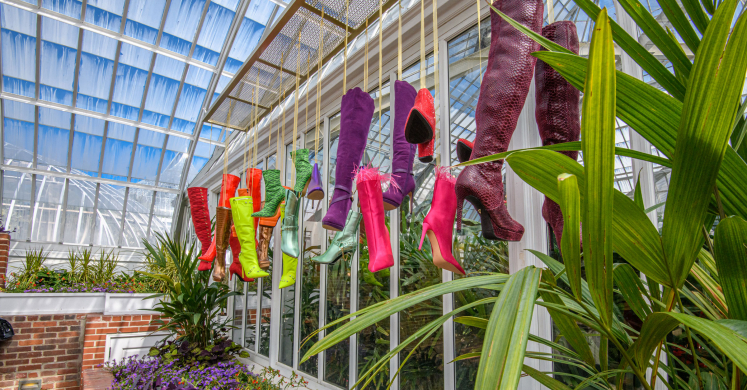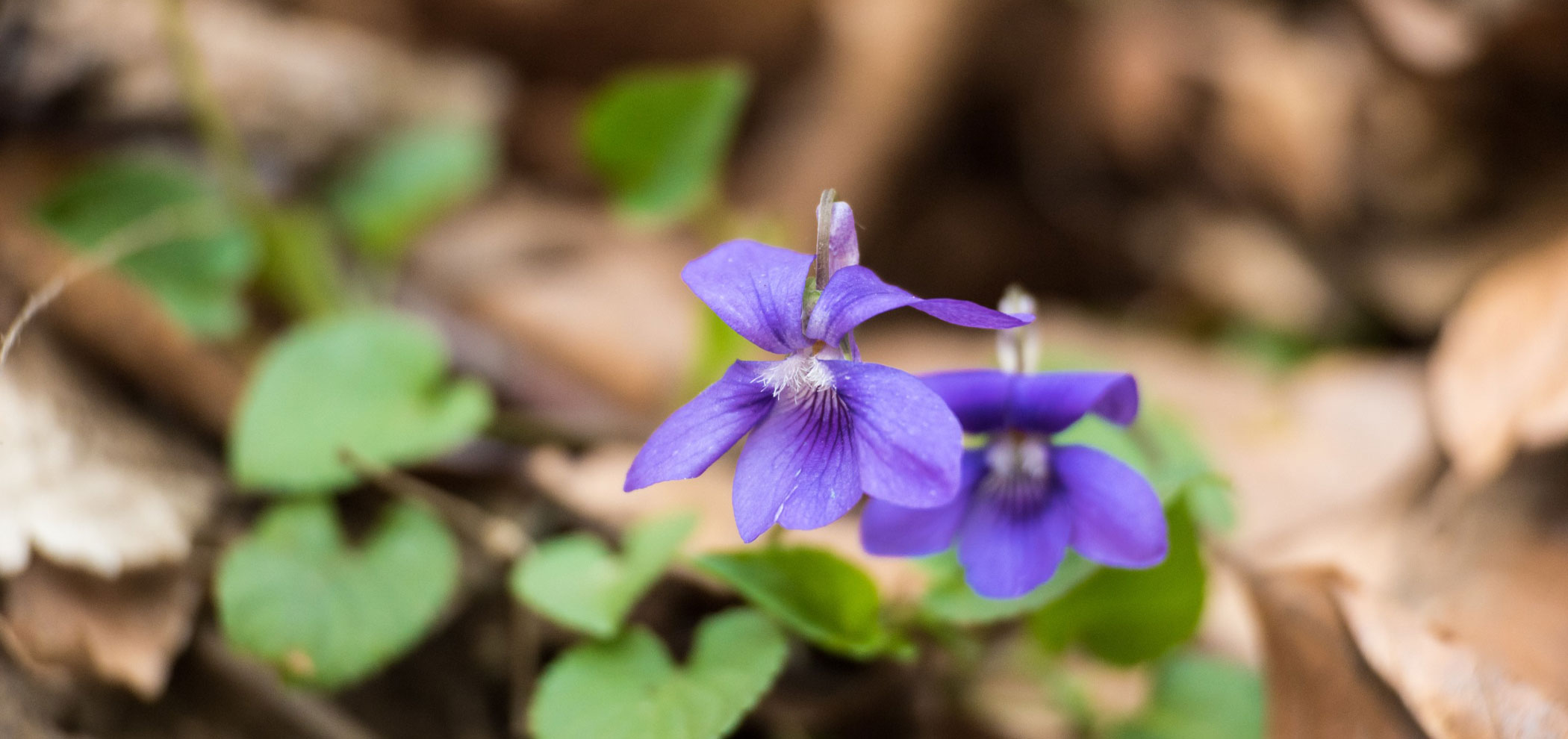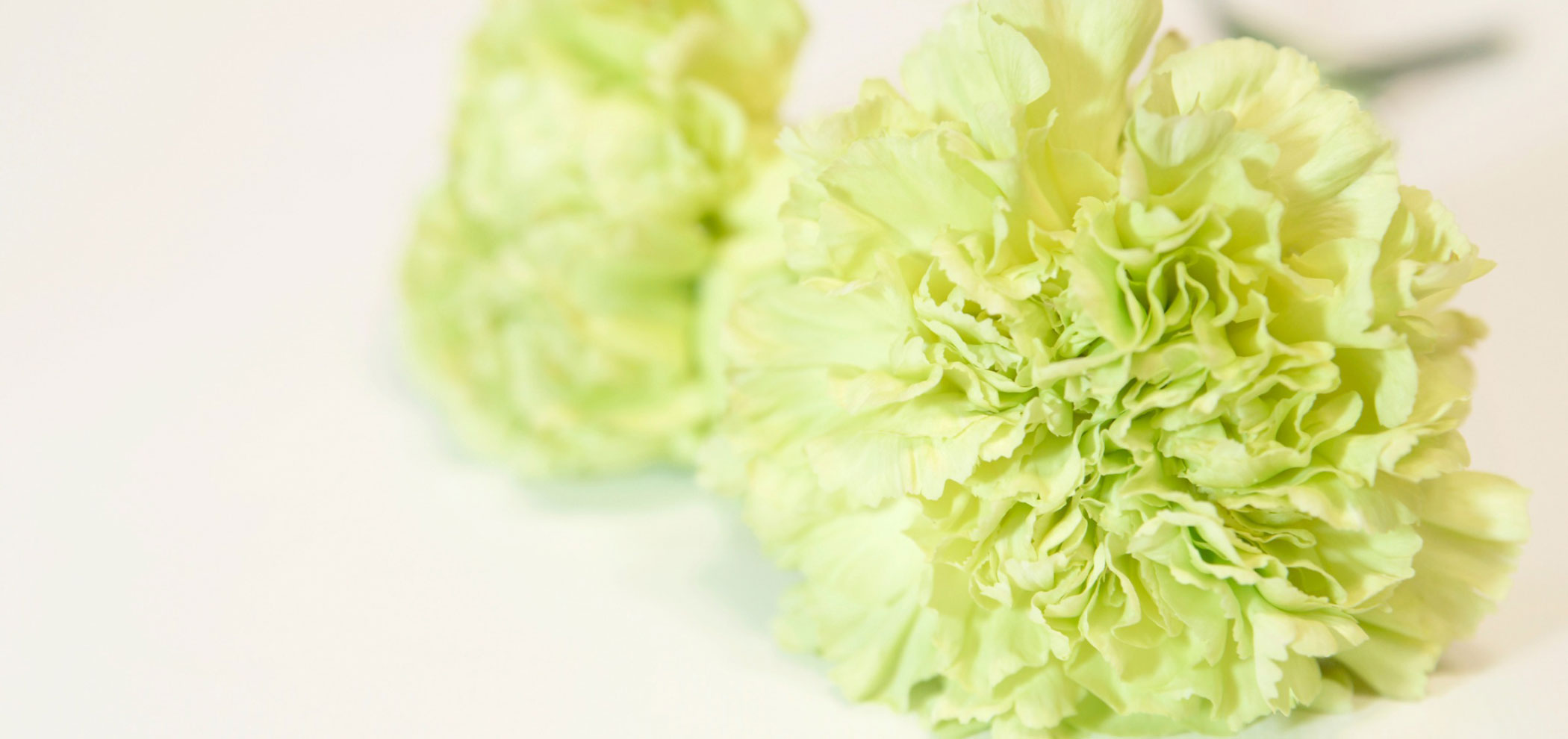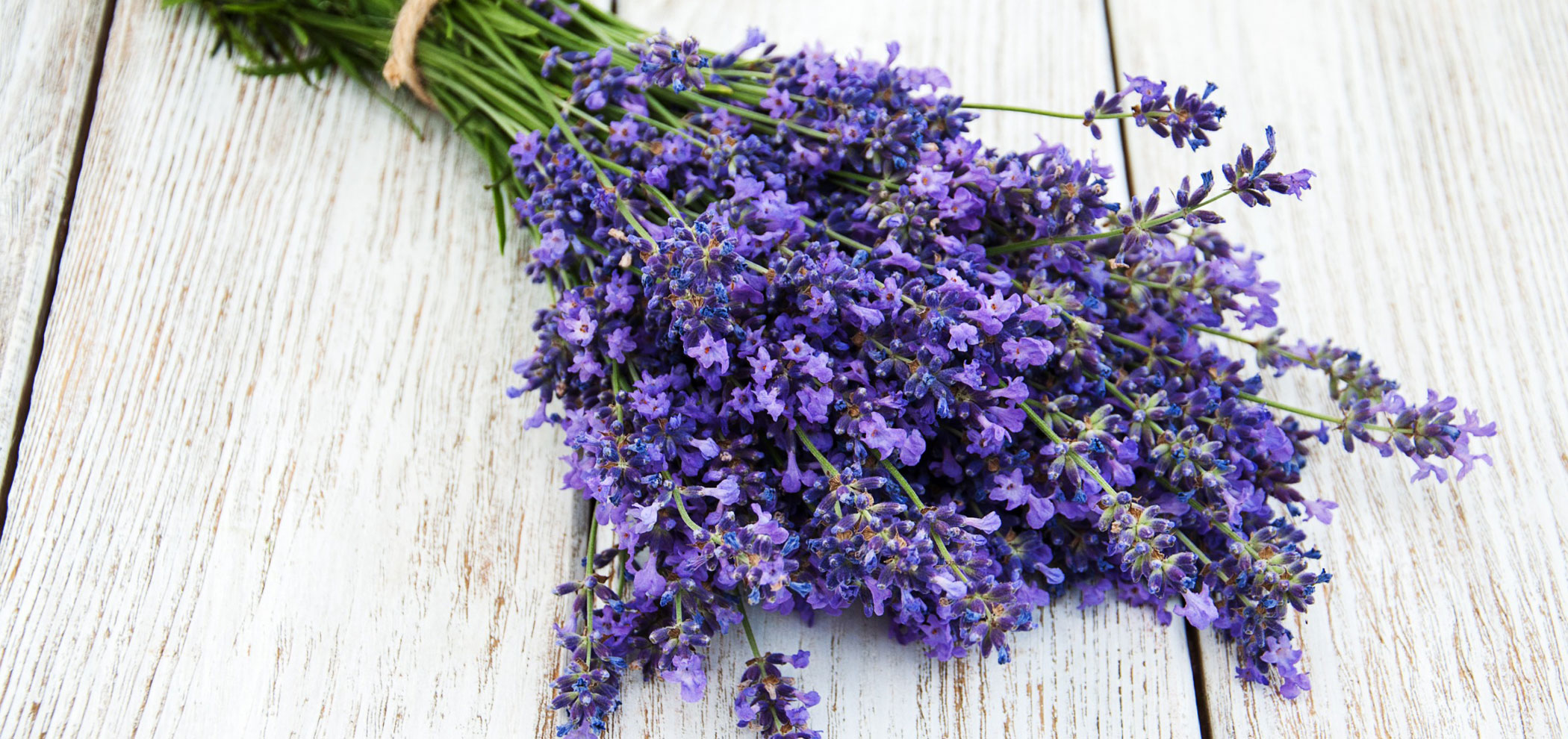Blog

Florals and the LGBTQIA+ Community
During the month of June, we want to celebrate by discussing some flowers and their symbolic significance within the LGBTQIA+ community, in which flowers have represented empowerment and belonging dating back all the way to ancient Greece and continue to uplift and empower queer individuals today. Explore our posts today and learn about their important history!

Our first bloom is the beautifully vibrant genus Viola – or as you know it, the violet! Its connection to the LGBTQIA+ community can be traced to ancient Greece with the poet Sappho. In her poetry, she often wrote about nature and at times made a particular reference to a relationship held between two women – in which one was adorned with a crown of violets. Not only did Sappho make a powerful symbol of this bloom, but she herself also became an icon in queer culture for thousands of years for being so open and lyrical for her longing of love.

Green carnations, otherwise known as Dianthus caryophyllus, started to become a symbol for the LGBTQIA+ community in 1892! Famous playwright and poet Oscar Wilde, an openly queer man, created this trend by having his colleagues and friends wear the green carnations upon their lapels to the opening night of plays as a show of support and solidarity. It is speculated that the “unnatural” green flower was chosen to mock the societal and historic beliefs that being queer was “unnatural.” From that point on, a green carnation on lapels allowed men to subtly come out to their community.

Lavandula, commonly known as lavender, has been tied to the LGBTQIA+ community since the 1920s. Although it was considered a pejorative term for some time, the term “lavender” was reclaimed and used to empower activism in the feminist and queer communities! The symbolism is still present today such as Lavender Graduation and Lavender Recognition Ceremonies in higher education that continue to create a space for LGBTQIA+ individuals.

